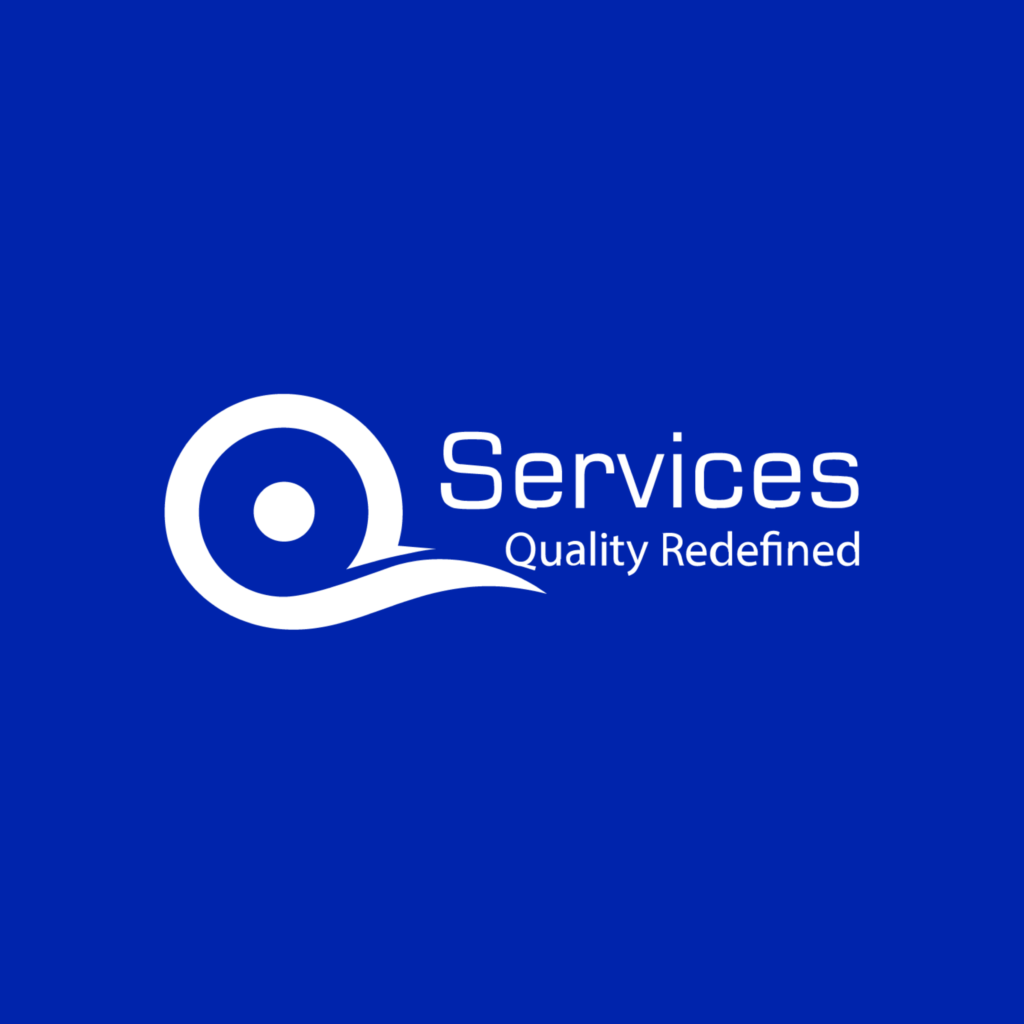
Rewards
.





CANADA
55 Village Center Place, Suite 307 Bldg 4287,
Mississauga ON L4Z 1V9, Canada
Certified Members:
.



Home » Maximizing Data Security with Azure SQL Best Practices

The widespread recognition of cloud computing benefits across various sectors. Organizations are at different stages of their cloud adoption journey, from initial migration to sophisticated multi-cloud and hybrid strategies. A significant challenge at any implementation stage is ensuring data security due to the unique risks associated with cloud technology.
The traditional cybersecurity strategies, which relied heavily on a defined network perimeter (such as firewalls and network boundaries) to protect internal data and systems, are no longer sufficient in cloud computing environments. In the cloud, the boundaries of a network are more fluid and less defined because data and applications are distributed across various locations and accessible over the internet. In this blog we will discover how to enhance data security with Azure SQL.
Azure Security constitutes a comprehensive suite of tools and functionalities offered within Microsoft’s Azure cloud platform, ensuring the protection of data and applications in the cloud across physical, infrastructure, and operational domains.
Under the Azure Security umbrella, Microsoft takes charge of managing data centers, hardware, and foundational security protocols. This includes employing Azure hypervisors to manage virtual machines (VMs) and supporting a variety of programming languages, operating systems, and frameworks for users to access services and resources seamlessly online.
In the Azure security framework, Microsoft oversees the foundational and network security layers, emphasizing data security in Azure, while customers bear responsibility for securing their accounts, applications, and data. This includes endpoint, application, and data security measures, and vigilance against breaches stemming from user errors or phishing attempts.
Get free Consultation and let us know your project idea to turn into an amazing digital product.
Azure SQL, Microsoft’s top relational database service on the Azure cloud platform, helps you keep your data safe and safeguard your valuable information. Let’s explore how Azure SQL security strengthens your data security:
Azure SQL ensures your network is safe by using strong firewall measures. Before anyone can access your database, it checks their IP address or where the traffic is coming from. This means only the right people can get in, reducing the chances of unauthorized access and data breaches.
It also only uses a specific method (protocol) for data transfer and sticks to a standard port number, making it harder for attackers to find a way in.
Azure SQL helps you control who can access your database. You can set up different roles for different people, so only those who need it can make changes.
You can choose how people log in, whether it’s with a username and password or something else, like their Microsoft account.
Azure SQL Database Security comes armed with a suite of proactive security measures, augmenting Azure’s native controls. Notably, DoSGuard, a specialized SQL Database gateway service, acts as a sentinel against denial-of-service (DoS) attacks. By swiftly identifying and neutralizing potential threats, Azure SQL fortifies your database against malicious incursions.
Sensitive data is shielded through Azure SQL’s robust encryption and information protection mechanisms. Employing cutting-edge encryption standards, data is rendered indecipherable both at rest and in transit, ensuring its integrity and confidentiality are preserved.
Leveraging advanced cryptographic algorithms, Azure SQL strikes a delicate balance between robust data protection and seamless usability, safeguarding your information without compromising performance.
With Azure Advanced Data Security, Azure SQL gives you a dashboard to keep an eye on your most sensitive information. It helps you spot any potential problems and gives you tips on how to fix them before they become big issues.
Several best practices must be followed while deploying your SQL database on Azure to ensure its security and operational integrity.
Because centralized authentication and access control techniques are provided by integrating Azure Active Directory (AAD) with Azure SQL Server, security is improved, and only authorized users can access the database.
Firewalls and virtual networks govern network access to your Azure SQL Server, adding an additional layer of protection and reducing vulnerability to unauthorized users and potential external threats.
TDE automatically encrypts the entire database, including data and log files, when written to disk, and decrypts them when read into memory. This means that even if the physical files are compromised, the data remains secure and unreadable without the correct encryption keys. TDE is vital for meeting regulatory compliance requirements, as it provides a layer of protection against unauthorized access, theft, and breaches.
Azure’s Advanced Threat Protection identifies and mitigates potential threats to your database, providing real-time threat detection and proactive security measures to safeguard your data from malicious activities.
Users should only be granted the minimal amount of access necessary to complete their activities. This will lower the possibility of illegal access and lessen the possible consequences of security breaches
Regularly updating and patching your systems ensures they are protected against known vulnerabilities and keeps your Azure SQL environment secure and resilient to new threats. Staying current with the latest updates helps safeguard your database from potential security risks.
Implementing database auditing allows you to track database activities, detect unusual behavior, and respond promptly to security incidents, enhancing overall visibility and control over your Azure SQL environment.
Consider enabling Azure’s Advanced Threat Protection service to benefit from features such as Threat Detection, Vulnerability Assessment, and Data Discovery and Classification, providing centralized security management and proactive threat detection capabilities.
Utilize the Data Discovery and Classification service to automatically inventory and identify sensitive data, enabling you to apply appropriate security measures and monitor access to sensitive data for compliance and security purposes.
Leverage the Vulnerability Assessment service to scan your database for potential vulnerabilities according to Microsoft best practices, helping you identify and remediate security risks such as excessive permissions, misconfigurations, or unprotected data.
When deploying and managing databases on Azure, it is crucial to implement robust security measures tailored to each system. This comprehensive guide outlines security best practices for MySQL and MSSQL databases on Azure, ensuring consistent protection and compliance across different database platforms.
In-transit Encryption: Azure Database for MySQL secures data in transit using Transport Layer Security (TLS), enforcing encryption by default to protect data as it moves between clients and servers.
At-rest Encryption: Data stored on Azure Database for MySQL, including backups and temporary files, is encrypted using the FIPS 140-2 validated cryptographic module.
Gateway Protection: Connections are routed through a regional gateway with a public IP, while server IPs are protected.
Firewall Rules: Newly created servers have firewalls that block all external connections by default. IP firewall rules can grant access based on the origin IP address, and virtual network service endpoints extend connectivity over the Azure backbone.
Private Link: Allows connections via a private endpoint, bringing Azure services inside a private Virtual Network (VNet) and accessing resources using a private IP address.
Administrative Credentials: Credentials for an administrator user are provided during server creation, allowing the creation of additional MySQL users with specific access rights.
Microsoft Defender: Opt-in to Microsoft Defender for open-source relational databases to detect unusual and potentially harmful activities.
Audit Logging: Track database activity to identify security issues and ensure compliance.
Azure VMs running SQL Server need to follow specific security guidelines to ensure data protection and compliance.
Vulnerability Assessment: Discover and remediate potential risks to your SQL Server environment. This includes visibility into your security state with actionable steps for resolution.
Anomaly Detection: Detect unusual activities that might indicate a threat to your SQL Server instance and database layer.
Hardware-enforced Security: Protect the guest OS against host operator access using Azure confidential VMs, which utilize AMD processors with SEV-SNP technology to encrypt VM memory.
Trusted Launch: Deploy VMs with verified boot loaders, OS kernels, and drivers to ensure the integrity of the entire boot chain.
Encryption Management: Use Azure Key Vault to manage and store cryptographic keys securely. This supports various encryption features such as Transparent Data Encryption (TDE) and backup encryption.
Azure Firewall: Use stateful, managed firewalls to control access based on originating IP addresses.
Network Security Groups (NSGs): Filter network traffic to and from Azure resources on Virtual Networks.
Azure DDoS Protection: Protect against Distributed Denial of Service (DDoS) attacks that can make applications slow or unresponsive.
Azure Disk Encryption: Encrypts virtual machine disks using BitLocker for Windows or DM-Crypt for Linux, integrating with Azure Key Vault to manage disk encryption keys.
Managed Disk Encryption: By default, managed disks are encrypted at rest using Azure Storage Service Encryption with Microsoft-managed keys.

Regular Updates and Patches: Ensure your systems are always up to date with the latest patches to safeguard against known vulnerabilities.
Least Privilege Access: Provide users with only the necessary permissions for their tasks, reducing the risk of unauthorized access.
React JS is evolving with some notable trends driving its development forward:
Audit and Compliance: Regularly review database activities to identify potential security threats and ensure adherence to regulatory standards.
Advanced Threat Protection: Consider enabling advanced threat protection services to centrally manage security features such as threat detection, vulnerability assessment, and data discovery and classification.
Through the adoption of these security protocols, you can guarantee robust protection for both MySQL and MSSQL databases hosted on Azure, fortifying their defenses against potential threats.
In wrapping up our discussion on maximizing data security with Azure SQL Best Practices, it’s imperative to emphasize the significance of Azure database security. By utilizing advanced security features and adhering to best practices within Azure SQL, organizations can effectively fortify their database security against potential threats. Continuous monitoring and refinement of security protocols are essential in ensuring comprehensive protection for sensitive information within Azure database environments.
Furthermore, readers seeking broader insights into Microsoft Azure security solutions tailored for modern businesses can find valuable information in our companion blog ‘Microsoft Azure Security Solutions for Modern Businesses.‘

Our Articles are a precise collection of research and work done throughout our projects as well as our expert Foresight for the upcoming Changes in the IT Industry. We are a premier software and mobile application development firm, catering specifically to small and medium-sized businesses (SMBs). As a Microsoft Certified company, we offer a suite of services encompassing Software and Mobile Application Development, Microsoft Azure, Dynamics 365 CRM, and Microsoft PowerAutomate. Our team, comprising 90 skilled professionals, is dedicated to driving digital and app innovation, ensuring our clients receive top-tier, tailor-made solutions that align with their unique business needs.

The oil and gas industry are becoming more data-driven with business intelligence in oil and gas industry. BI tools collect and connect data across drilling, production, and supply chains which makes it easier to spot trends and take quicker decisions.

The idea of using AI solutions to boost productivity has made a lasting impact on financial institutions. The adoption of this intelligent technology, whether in chatbots or virtual assistants, has changed the scenario of handling operations.

Ever had a great AI idea but didn’t know where to start? That’s a common hurdle for many businesses. The truth is, creating AI solutions can be tricky—but it doesn’t have to be. With Azure AI Foundry, you’ve got everything you need to take your idea from concept to deployment in a simple, organized way.
The high-level security areas to consider include authentication, threat protection, auditing, encryption, and central identity management.
Both platforms support two types of authentication:
1. SQL authentication: Traditional username and password-based authentication.
2. Microsoft Entra authentication: Note that this may not be supported for all tools and third-party applications.
1. Set Up Firewall Rules: Configure firewall rules for your server and database.
2. Enable Encryption: Protect your data using encryption.
3. Enable SQL Database Auditing: Monitor database activities for security purposes.
Schedule a Customized Consultation. Shape Your Azure Roadmap with Expert Guidance and Strategies Tailored to Your Business Needs.
.





55 Village Center Place, Suite 307 Bldg 4287,
Mississauga ON L4Z 1V9, Canada
.




Founder and CEO

Chief Sales Officer

🎉 Thank you for your feedback! We appreciate it. 🙌